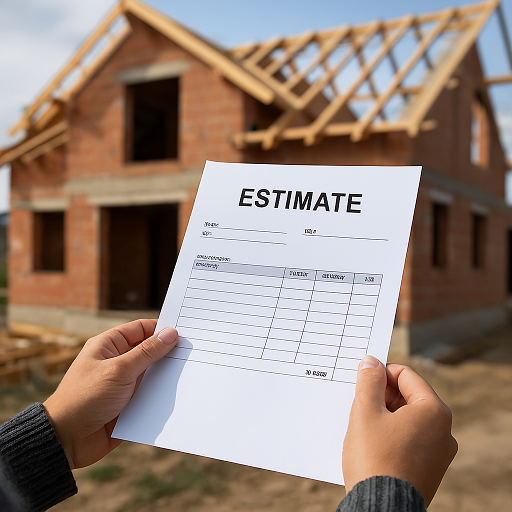Gas Geysers – what you need to know
- Deen Gabriel

- Jul 14, 2021
- 2 min read
Updated: Jul 15, 2021
Most household gas geysers make use of modern technology to deliver an efficient and effective product which enables you to always have hot water instantly available when you need it.

When you open a hot water tap with a tankless gas water heater, a sensor detects the flow. The gas burner ignites, and the heat exchanger warms the flowing water. A gas water tank heater works by heating water and storing it until its needed.
The gas burner will automatically ignite when needed to maintain the heat of the stored water. Most units come with adjustable thermostats to set the water temperature. Gas geysers are simple to install and operate and are not expensive to maintain, but at the same time it is not the type of product to buy ‘off-the-shelf’ without doing proper homework before buying. A number of factors will influence the type and size of a geyser which will best suit your needs.
There are two main types of gas geysers available in South Africa – standard gas geysers and advanced gas geysers.
Standard Gas Geysers have the following advantages:
Affordably priced
Battery operated.
Simple to operate and maintain. Most of these geysers offer ‘summer’ and ‘winter’ temperature controls, and a water inlet control.
Standard gas geysers come with a warranty, provided they are installed by a registered and qualified gas installer
Disadvantages of Standard Gas Geysers:
Standard gas geysers cannot effectively supply sufficient hot water to multiple hot taps simultaneously. In homes with two or more bathrooms, you will ideally need a medium capacity standard gas geyser per bathroom.
Standard geysers are limited in the distance they can supply hot water – approximately 8 m to 10 m, hence not recommended for double storey homes, unless the bathrooms and kitchen are all on the ground floor.
Standard gas geysers are sensitive to fluctuating water pressure.
Standard gas geysers must be protected from prevailing winds and rain and must have a weather cover and flue pipe fitted at extra costs.
Larger standard gas geysers will use more gas than a smaller size, but this is balanced out by the fact that larger geysers will fill a bath faster and therefore does not have to operate as long as a smaller one.
Advantages of Advanced gas geysers:
Advanced gas geysers are more gas efficient
Water temperature can be pre-programmed.
Can operate under low water pressure conditions of 1.5 bar.
Fluctuating incoming water pressure is automatically stabilised.
Electronic systems ensure sufficient water pressure and temperature for up to 6 taps operating simultaneously.
Outdoor installed advanced gas geysers do not require additional protection from wind or rain, or flue pipes.
Some gas geysers have temperature sensors in their water inlet pipes, allowing them to be connected directly to an existing solar system as a back-up.
Disadvantages of advanced gas geysers:
Advanced gas geysers cost between two to three times than that of a standard gas geyser.
Advanced gas geysers must have an electrical connection (220v) to be able to ignite and to operate their electronic control systems.
Advanced gas geysers can be run on generator power, however protection against power surges must be installed to prevent damage to the geyser’s electronic operating systems.
Servicing of gas geysers
Advanced gas geysers must be serviced at least every 6-8 months while standard ones should be serviced at least once a year.
Source: https://kemptonexpress.co.za/307487/gas-geysers-what-you-need-to-know/






Comments